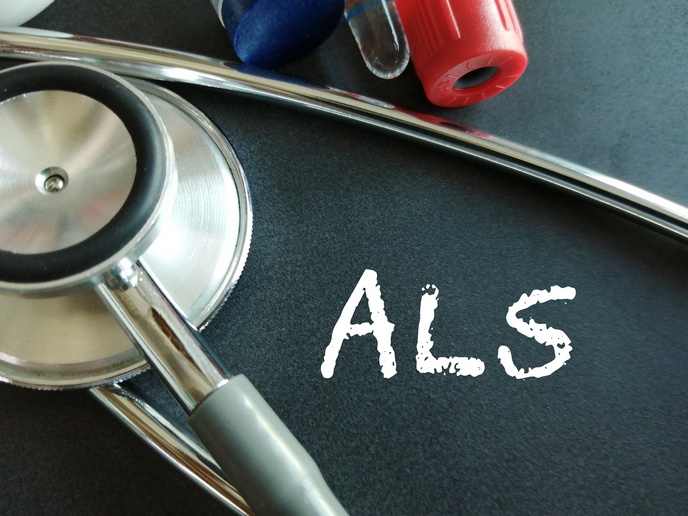Diagnosing and monitoring lung disease – there’s a vest for that
Respiratory diseases, including chronic obstructive pulmonary disease, pneumonia, asthma and COVID-19, are a leading cause of death, both in the EU and around the world. “Lung disease is notoriously difficult to diagnose, not because we lack the technology, but because using imaging technology is expensive, uncomfortable and often involves the use of radiation,” says Alexis Melitsiotis, a research project manager at EXODUS(opens in new window) (website in Greek). Not only does this mean that patients are only intermittently screened for lung disease, it also limits a healthcare provider’s ability to monitor the progression of disease and effectively manage those who have already been diagnosed. What is needed is ongoing, real-time patient monitoring. And for that, there are wearables. “Wearables incorporate innovative electronics and sensors into a patient’s clothing and could help address many of these diagnostic and monitoring challenges,” adds Melitsiotis. With the support of the EU-funded WELMO(opens in new window) project, EXODUS is leading an effort to develop and validate a new generation of low-cost, low-power, miniaturised sensors integrated into a vest.
Sensor technologies in a comfortable, wearable setting
The WELMO solution consists of several high-tech sensors capable of collecting sound and image signals, including electrical impedance tomography (EIT) – a non-invasive, radiation-free, clinical imaging tool. Integrated into a vest that can be comfortably worn by a patient, these sensors are able to effectively monitor lung activity accurately and in real time. The vest is linked to proprietary software that automatically processes and analyses the collected data. By using innovative algorithms within the WELMO back-end system, the collected data are linked to a specific clinical outcome, which is made available to both the patient and the healthcare provider via mobile applications. “The WELMO prototype is the first medical device to combine EIT and synchronous multipoint sound sensor technologies in a comfortable wearable setting,” remarks Melitsiotis. “It is a truly ground-breaking development, one that could redefine how healthcare goes about diagnosing and monitoring lung activity.”
A proven tool for diagnosing and monitoring lung disease
The WELMO system has been successfully tested in two clinical trials and is currently able to monitor six groups of respiratory diseases, including obstructive disease, pleural effusion, interstitial/alveolar insult, post-COVID-19 and vascular disease, pneumonia and infection, and thoracic wall insult. Perhaps more importantly, its use has been widely accepted by patients and healthcare providers alike. “WELMO is a proven tool for diagnosing and monitoring lung disease in real time using just a single wearable and a mobile application,” notes Melitsiotis. “Thanks to its visualisation of the data and intuitive decision support system, the device is easy to operate, meaning that even non-EIT expert physicians can use it to support their diagnoses.” The WELMO solution also plays a role in making healthcare more accessible. “The wearability and remote function of the system means that physicians can potentially make a diagnosis remotely and provide treatment recommendations to patients who cannot access a healthcare clinic due to, for example, COVID-19 restrictions,” concludes Melitsiotis. To further develop WELMO’s potential and uptake, additional clinical testing using a larger number of pulmonary patients is required. The project has also applied for four patents and launched a spin-off company.







